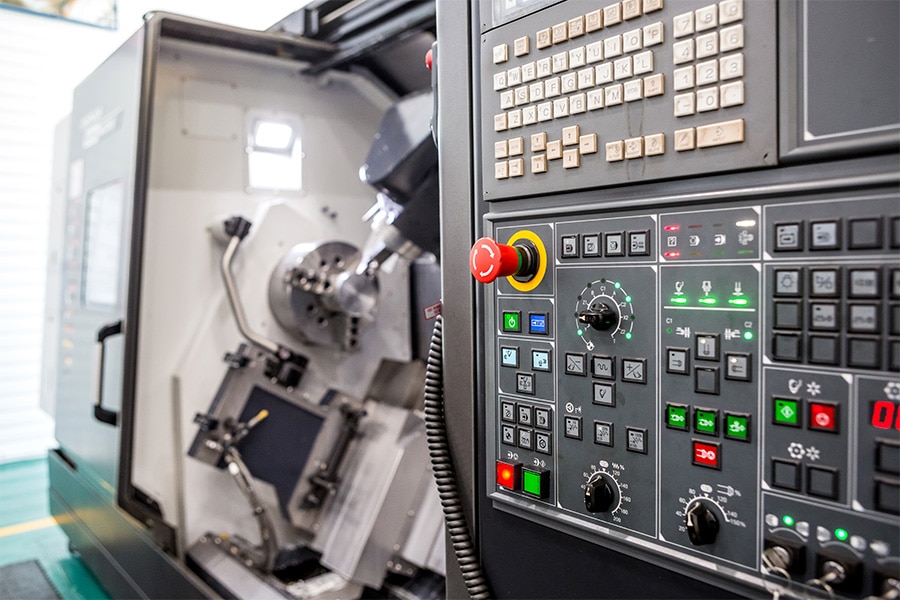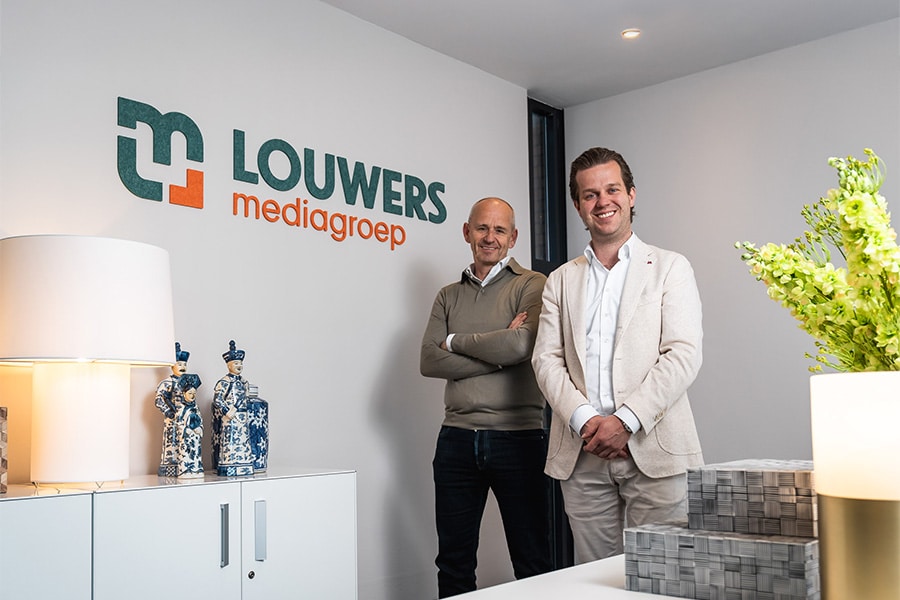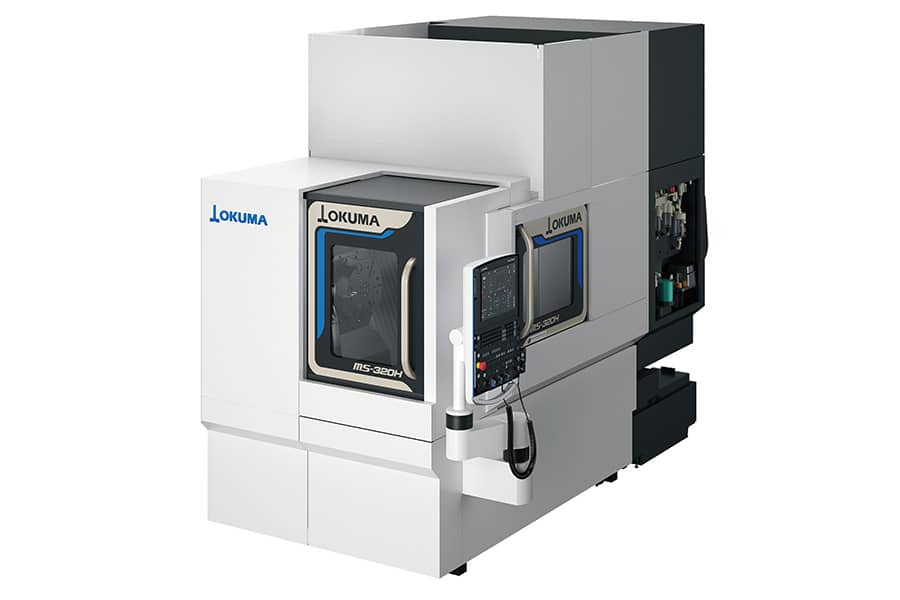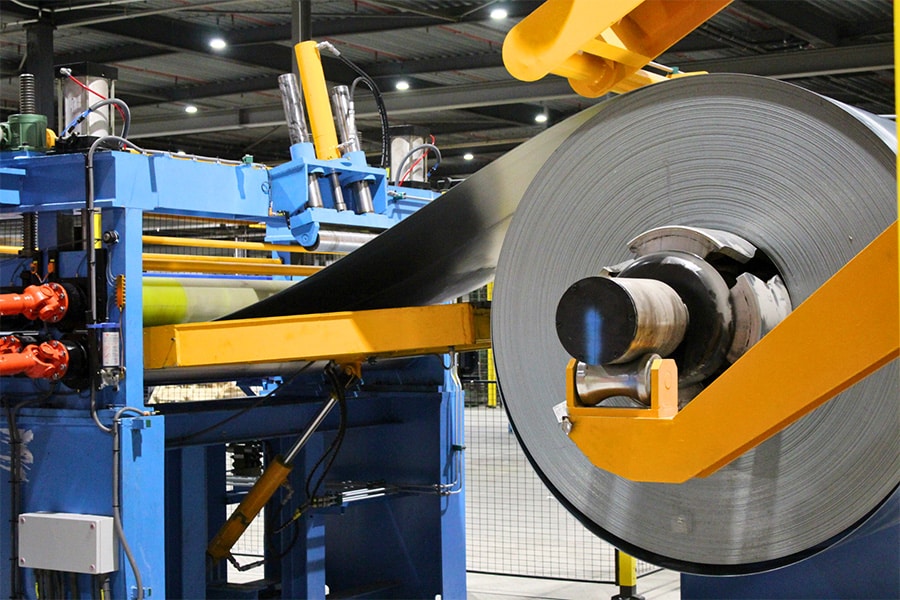
Distributed process automation in turning and milling
Rising energy prices, shortage of technically skilled personnel, and the drive for increased flexibility: reasons that only increase the demand for automation in the turning and milling industry. However, many companies do not know how to go about it. For many, automation is synonymous with robotization. However, robots should not always be involved, because for many applications this is an overkill with an expensive price tag. At SCHUNK during Machineering, visitors can learn about metered automation, distinguishing three levels.

Lathes and milling centers must function as much as possible to achieve the highest possible efficiency. The more autonomously a process is done, the easier it is to meet this requirement as well.
"However, this does not mean that companies have to make large investments. If they are not extensive pieces, a minimal investment can already lead to a form of automation that is sufficient for the application and pays for itself in the short term," states Werner De Ridder, Managing Director of SCHUNK Intec BeLux. "We want to draw the attention of our customers to the increasing importance of a well-considered, dosed custom automation. Here we distinguish three levels: basic automation without robots, the use of cobots, and complete robotization."
Basic automation without robots
This form of automation does not require robots. A gripper from SCHUNK is integrated into the spindle of the machine, which picks up parts inside the machine. Those workpieces are placed in a pneumatic clamping screw. Then the machine itself changes tool holders and performs the machining operations. As soon as the part is finished, it is removed by the gripper and a new cycle can start.
The impact on the installation here is relatively limited and the costs remain low. Those who can do a little programming themselves will win back the investment in five to eight months, a result of the extended spindle time due to the additional automation.

The use of cobots
To take repetitive routine tasks off an operator's hands, cobots can be used, for example, to load CNC machines. The operator can perform other tasks during this process, increasing flexibility and efficiency.
"For such applications, we at SCHUNK developed a number of gripper systems with a plug-and-play nature," explains the general manager. "I am thinking of a process with two independently functioning grippers that retrieve workpieces for machining outside the machine. This can also be perfectly combined with blow-off or even a pneumatic machine clamp inside the machine. In this way, the machine can run an entire shift unmanned. The investment is a bit higher than with basic automation, but the payback time is shorter."

Complete robotization
The most advanced form of automation involves full robotization. In this application, the machine is loaded fully automatically.
"We provide a zero-point rapid change system, with air supply, as a base plate on the machine table in these applications. The pallet systems set by the robot on that plate can be changed efficiently by the robot coupling on pallet and robot arm. In a few seconds, workpieces and fixtures are fully automatically positioned and clamped by the robot. In this way, different series of products can be finished completely unmanned. Setting up is done outside the machine, while it is performing another job," says De Ridder.
"At Machineering we are demonstrating the possibilities in the field of automation using two robots. In one of the applications, we show how chucks can be changed with the RAPIDO quick-change system without tools and in less than sixty seconds. Thus, a chuck can be quickly and easily adjusted to perform new clamping tasks. The second demo unit will be equipped with pneumatically operated clamping force blocks type KSP3-BWA."
SCHUNK INTEC - Booth number 164



